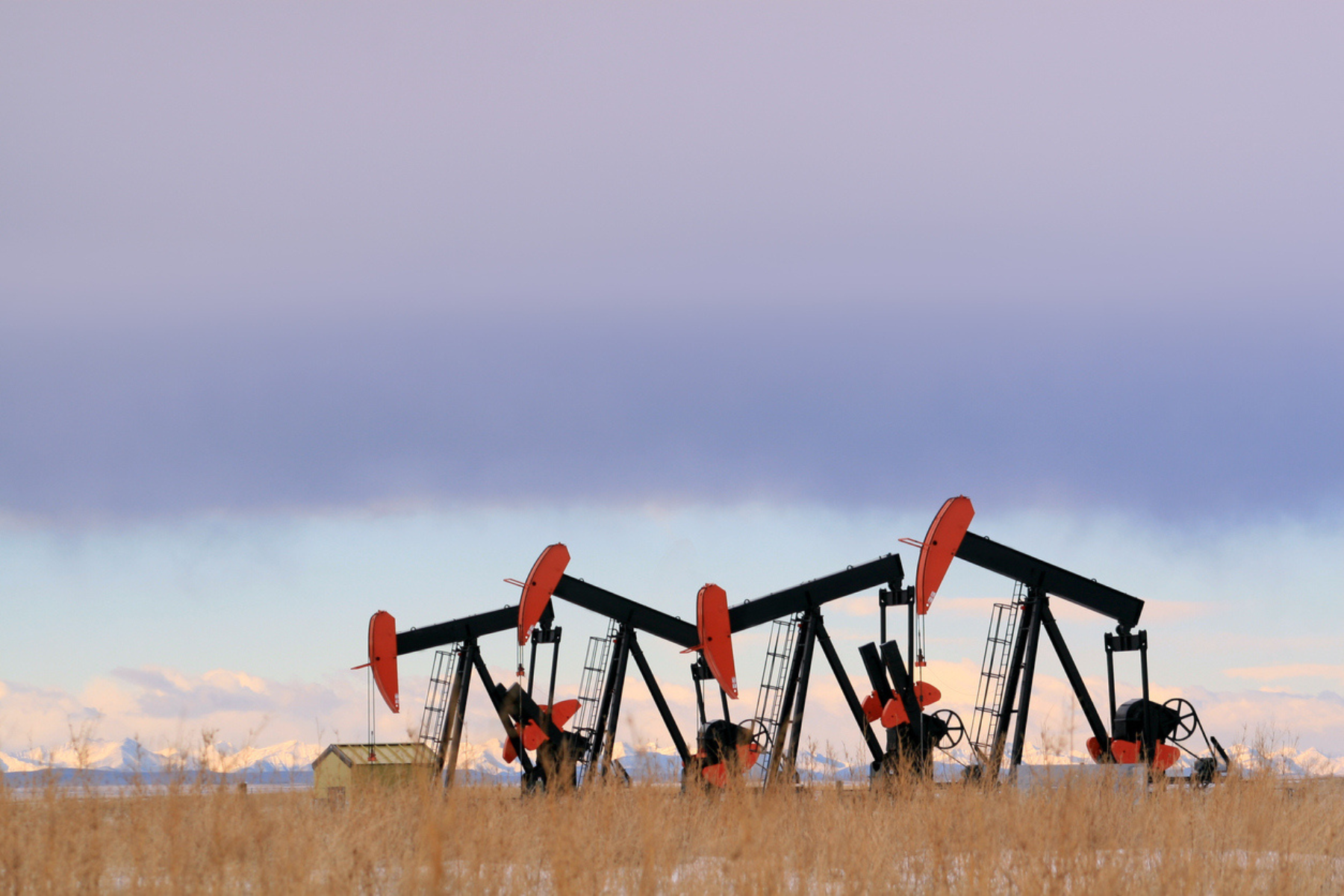A deeper dive into the 2021 emissions data.
The federal government’s latest National Inventory Report (NIR) confirms Canada is making important progress in reducing greenhouse gas emissions and is consistent with overall trends estimated by the Canadian Climate Institute earlier this year.
The 2021 official emissions data show improvements separating emissions from economic growth, a critical marker on the road to meeting the country’s 2030 climate targets and building a cleaner economy. Despite the good news, stronger action is still needed to put Canada on the path to meeting its climate targets.
There’s a lot going on in the NIR data. We’ve taken a deeper dive to tease apart some of the broader takeaways.
Here are five things you need to know.
1. Emissions didn’t rebound from the pandemic as much as expected
The COVID-19 pandemic was an abnormal event that created large disruptions in economic activity and hence emissions, which we are still working to understand. Despite a modest increase in emissions from 2020 levels (+1.8%), emissions in 2021 remained 53 million tonnes of carbon dioxide equivalent (Mt CO2e) below pre-pandemic levels (7.4% below 2019). This was noteworthy given substantial economic growth that year (4.6% increase).
Despite this positive news, there are a number of reasons to be cautious. For example, it is unclear if demand for personal vehicles per capita (the emissions intensity) will ever rebound to 2019 levels but transport emissions will almost certainly rise for 2022 as people drive more. Governments should consider modelling and designing mitigation policies that consider potential disruptions that can impact the emission intensity of activities both positive and negative.
2. Improvements in emissions intensity suggest that policies are starting to bite
Several sectors saw improvements in emission intensity beyond historical norms. This indicates that both market drivers (where lower-emitting technology is entering the marketplace) and policy drivers (such as vehicle standards and carbon pricing) may be contributing to lower emissions.
While oil and gas sector emissions increased in 2021, the increase was 2.8 Mt CO2e lower than we previously projected in the Early Estimate of National Emissions. Emission intensities per unit of production for both natural gas and oil sands production were lower than where they should have been based on historical trend improvements. This could indicate that methane regulations are having an effect despite rising production.
In the building sector, emissions were 2 Mt CO2e lower than we projected. This can be attributed in part to warmer weather in 2021, which reduced demand for heating. But another part of the story is that buildings are becoming less emissions intensive. The 2021 data show a lower emission intensity per unit of residential and commercial floorspace than we would expect from historical trends. Our analysis indicates policy drivers are likely taking effect in this sector.
Electricity sector emissions in 2021 were 1.2 Mt CO2e lower than projected due to a better emission intensity than we would expect from past performance. The improvement is due to coal switching in Alberta to natural gas and renewables.
3. The electricity sector is doing much of the heavy lifting
The electricity sector has cut its total emissions by more than half since 2005 (66 Mt CO2e), all while increasing production (Figure 1). For context, Canada’s total emissions have decreased by 62 Mt CO2e since 2005. Electricity is also the only sector where legislated and developing policy efforts look reasonably compatible with net zero targets. While other sectors have viable pathways to net-zero, we don’t yet see large scale changes to activity and energy-use in the 2021 data consistent with a net zero pathway.
4. Despite this progress, emission intensity needs to fall much faster
While overall emission intensity improved relative to GDP at just over 2% per year in 2021, that rate is only marginally higher than the historic average and needs to increase to more than 5% per year to be on pace to meet climate targets. That means emissions must fall faster as the economy continues to grow, decoupling emissions from GDP even more.
5. methodology changes to past years' data mean Canada's 2030 target is lower
Every year, the NIR undergoes a routine process of updates and improvements to reported information from past years. This year’s updates resulted in a revision of total 2020 emissions downward to 659 Mt from 672 Mt CO2e— a 13.6 Mt CO2e decrease. The 2005 baseline year was also revised downward by 8.9 Mt to 732 Mt CO2e.
Table 1 identifies the changes in emissions for 2020 by sector.
Overall, the change in national emissions came primarily from lower transport energy and waste emissions and increased fugitive emissions. Decreases in the transport sector were primarily due to a recalculation of diesel oil fuel use in heavy trucks. Decreases in the waste sector came mostly from updates to methane emission rates from landfill facilities. Fugitive emission increases were largely due to better reporting of venting emissions in the oil and gas sector in Alberta.
While recalculations usually don’t impact the relative percentage reduction required to hit future targets, an anticipated adjustment of methane in the oil and gas sector could require greater absolute megatonnes of emission reductions if recalculations drive emissions significantly higher.
The Canadian Climate Institute will be releasing early estimates of national emissions every year to help provide more timely public information. Stay tuned for our fall release of the Institute's Early Estimate of National Emissions for the year 2022.
Seton Stiebert is a 440 Megatonnes project Advisor, and Dave Sawyer is the Principal Economist at the Canadian Climate Institute.
